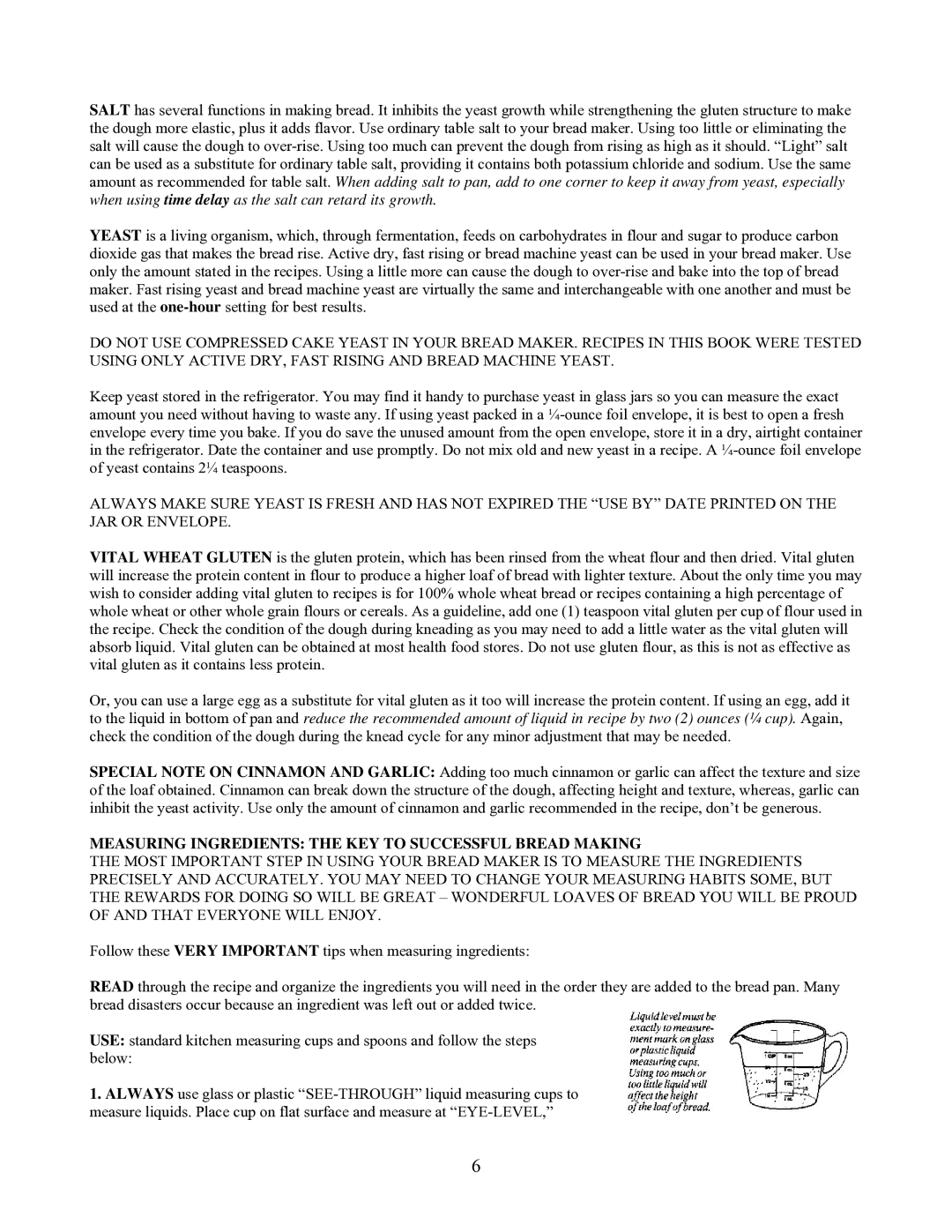L5141 specifications
The West Bend L5141 is a highly regarded electric griddle designed for both home and commercial use, known for its impressive features and versatility in cooking. With an expansive cooking surface, the L5141 allows for the preparation of multiple food items simultaneously, making it an ideal choice for large families or eateries seeking efficiency in meal preparation.One of the standout features of the West Bend L5141 is its generous cooking area, typically around 20 inches by 10 inches, offering ample space to prepare pancakes, eggs, sandwiches, and more. The flat cooking surface heats evenly, ensuring that food is cooked uniformly without hot spots. This feature is particularly valuable for professional settings where consistency in cooking is paramount.
The L5141 is equipped with an adjustable temperature control, allowing users to set the ideal heat level for a wide range of dishes. Whether searing meats or keeping cooked food warm, the precise control makes it easy to achieve desired results. The built-in indicator lights also add a level of convenience by signaling when the griddle has reached the set temperature, helping to avoid overcooking or undercooking.
In terms of construction, the West Bend L5141 is designed to withstand frequent use. The non-stick cooking surface is not only easy to clean but also reduces the amount of oil or grease needed during cooking, promoting healthier meal preparation. The design includes a drip tray that conveniently collects excess grease, further facilitating clean-up.
Moreover, the L5141's compact design allows for easy storage while maintaining a sleek aesthetic that complements any kitchen decor. The sturdy base provides stability, preventing tipping during use, while the easy-grip handles enhance user control during cooking and serving.
The L5141 is also noted for its safety features, including cool-touch handles and base that prevent accidental burns, making it suitable for families with children. With its reliable performance, versatility, and user-friendly design, the West Bend L5141 electric griddle has become a favorite among cooking enthusiasts and professionals alike.
In summary, the West Bend L5141 electric griddle offers an ideal combination of functionality, safety, and efficiency, making it a valuable addition to any kitchen. Its durability and thoughtful design cater to various cooking needs, solidifying its reputation as a standout appliance in the griddle category.

